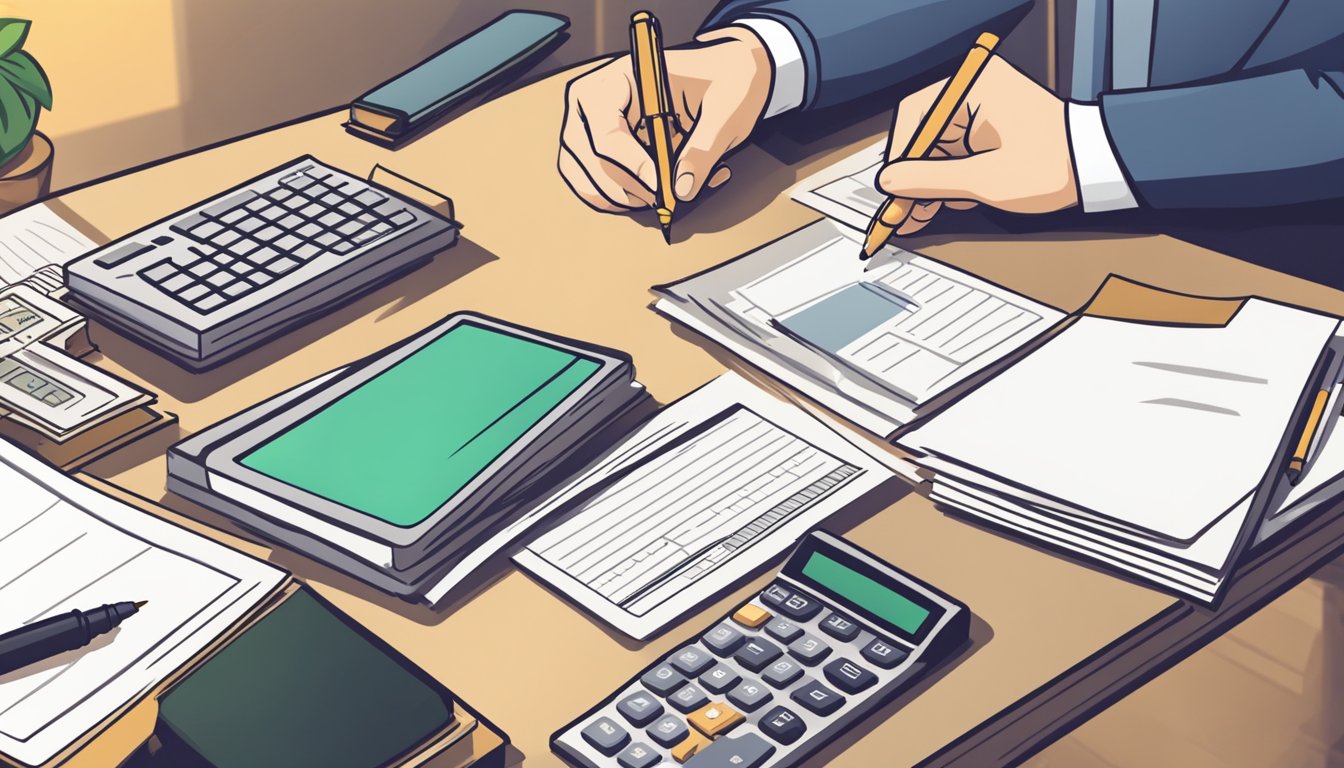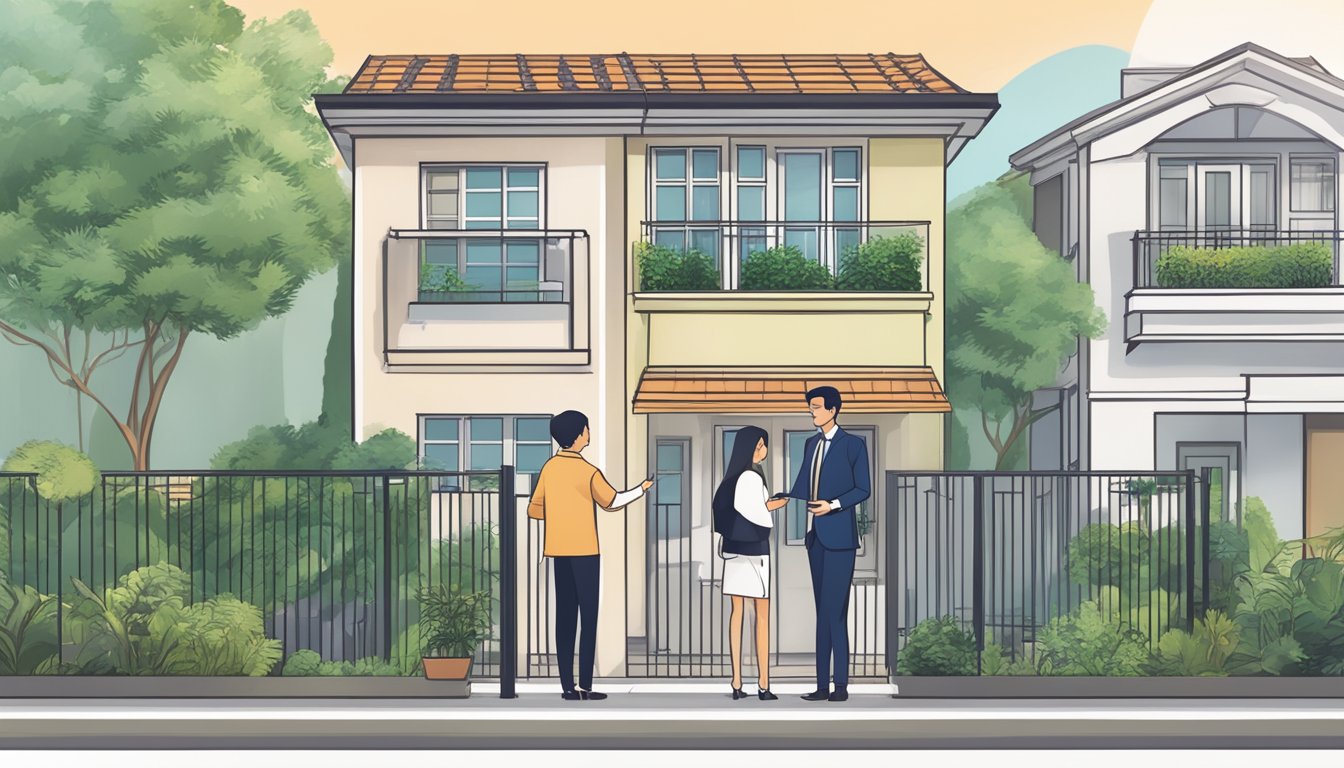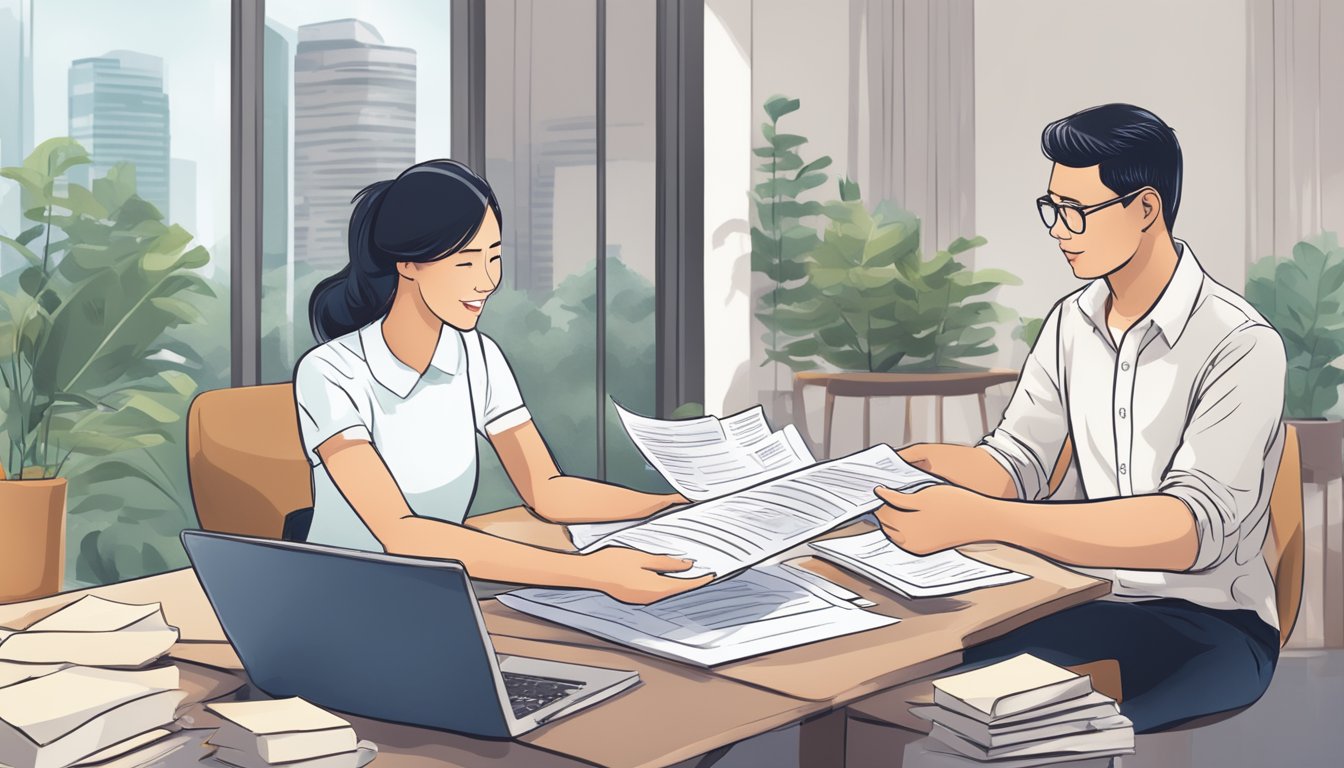If you’re a homeowner in Singapore, you may be wondering whether you can use your CPF savings to purchase a second property. The answer is yes, but there are several factors to consider before making this decision. In this article, we’ll explore the ins and outs of using your CPF savings to acquire a second property in Singapore.

First, we’ll provide a brief overview of CPF and its role in property investment. Then, we’ll discuss the strategies you can use to acquire a second property, including the amount of CPF savings you can use and the eligibility criteria. Finally, we’ll answer some frequently asked questions to help you make an informed decision about whether using your CPF savings to purchase a second property is the right choice for you.
Key Takeaways
- CPF savings can be used to purchase a second property in Singapore, but there are eligibility criteria and limits on the amount you can use.
- Strategies for acquiring a second property include using your CPF savings, taking out a bank loan, and considering the rental income potential of the property.
- Before purchasing a second property, it’s important to consider your financial situation, the property’s potential for appreciation, and the risks and benefits of owning multiple properties.
Understanding CPF and Its Role in Property Investment

If you’re looking to purchase a second property in Singapore, you may be wondering about the role of your CPF in this process. The CPF, or Central Provident Fund, is a savings scheme that aims to help Singaporeans save for retirement, healthcare, and home ownership. In this section, we’ll explore the fundamentals of CPF for property purchase, how to maximise your CPF OA savings for your second home, and how to navigate CPF rules for buying a second property.
CPF Fundamentals for Property Purchase
Your CPF savings can be used to purchase property in Singapore, including your second property. Specifically, you can use your CPF Ordinary Account (OA) savings to make a downpayment on your property, pay for monthly mortgage instalments, and cover other housing-related expenses.
It’s important to note that the CPF Board has rules and regulations in place to ensure that CPF savings are used responsibly and not depleted too quickly. For instance, there are limits on the amount of CPF OA savings that can be used for property purchase, as well as rules around pro-rated CPF usage if the remaining lease of the property cannot cover the youngest buyer who is using CPF for the property until they are at least 95 years old.
Maximising Your CPF OA for Your Second Home
To maximise your CPF OA savings for your second property, you can use the CPF Housing Usage Calculator to estimate how much CPF OA savings you can use for your downpayment and monthly mortgage instalments. Additionally, you can consider transferring funds from your CPF Special Account (SA) to your CPF OA to boost your OA savings.
It’s worth noting that if you’re using an HDB concessionary loan to finance your second property, you may be required to put up some cash for your downpayment, even if you’re using all of your CPF OA savings. This is because the downpayment required for an HDB concessionary loan is 15% of the property’s purchase price.
Navigating CPF Rules for Buying a Second Property
When buying a second property with CPF, there are a few rules and regulations to keep in mind. For instance, if you’re using your CPF OA savings for your second property, you’ll need to have set aside the required amount of savings for your retirement in your CPF Retirement Account (RA) before you can withdraw any excess CPF OA savings.
Additionally, if you’re using your CPF OA savings for a second property, you’ll need to ensure that you have enough CPF OA savings left for your first property, as well as for other housing-related expenses like insurance and property tax.
Overall, understanding the role of CPF in property investment can help you make informed decisions when purchasing your second property in Singapore. By maximising your CPF OA savings and navigating CPF rules and regulations, you can make the most of your CPF savings while securing your future.
Strategies for Acquiring a Second Property in Singapore

If you’re considering purchasing a second property in Singapore, you’ll need to develop a strategy that takes into account your financial situation, loan options, and potential rental income. Here are some key factors to consider:
Financial Considerations for a Second Home
Before you begin your property search, it’s important to evaluate your finances to determine how much you can afford to spend on a second home. Consider your monthly income, debts, and other financial obligations, such as retirement savings and healthcare costs. You’ll also need to factor in additional costs associated with owning a second property, such as maintenance fees, property taxes, and insurance.
Evaluating Loan Options and Affordability
When it comes to financing a second property, you’ll need to evaluate different loan options to determine what works best for your budget. You may be eligible for a housing loan from HDB or a bank loan, depending on your financial situation and the property you’re interested in. Keep in mind that the loan-to-value (LTV) ratio and total debt servicing ratio (TDSR) limits may vary depending on the type of property you’re purchasing.
Leveraging Rental Income and Capital Appreciation
One of the benefits of owning a second property is the potential for rental income and capital appreciation. If you’re purchasing a property as an investment, consider the location, rental yield, and potential for capital gains. Keep in mind that rental income may not cover all of your monthly instalments, so you’ll need to have excess savings or other sources of income to cover any shortfall.
Overall, purchasing a second property in Singapore can be a smart investment strategy if you have the financial means and a solid plan in place. By considering your finances, loan options, and potential rental income, you can develop a strategy that works for your unique situation and helps you achieve your financial goals.
Frequently Asked Questions

What are the requirements for utilising CPF funds to purchase an additional property in Singapore?
To use your CPF savings for the purchase of a second property in Singapore, you must meet the following requirements:
- You must be a Singapore Citizen or Permanent Resident.
- You must have set aside the Full Retirement Sum (FRS) in your Retirement Account (RA) if you are 55 years old and above.
- You must have sufficient funds in your CPF Ordinary Account (OA) and/or Special Account (SA) to cover the down payment and other costs associated with buying a second property.
How can one calculate the maximum CPF withdrawal for acquiring a second property?
The maximum amount of CPF savings that you can withdraw to purchase a second property depends on various factors such as your age, the remaining lease of the property, and the outstanding balance of your existing housing loan. You can use the CPF Board’s online calculator to estimate the maximum CPF withdrawal amount.
What’s the minimum down payment needed when investing in a second property using CPF savings?
The minimum down payment for a second property in Singapore is 25% of the purchase price or valuation, whichever is lower. However, if you are taking a housing loan from HDB, the minimum down payment can be reduced to 10% of the purchase price or valuation, whichever is lower.
Can you enlighten me on the rules governing the use of CPF to buy another property in Singapore?
When using your CPF savings to buy a second property in Singapore, you will need to comply with the following rules:
- You can only use your CPF OA savings to pay for the down payment, stamp duty, and legal fees.
- You can use your CPF OA and SA savings to pay for the monthly instalments of your housing loan.
- You will need to set aside the prevailing Minimum Sum (currently $186,000) in your RA if you are 55 years old and below.
- You will need to pay the Additional Buyer’s Stamp Duty (ABSD) if you are not eligible for any ABSD remission.
How does one go about purchasing a second property in Singapore without incurring the Additional Buyer’s Stamp Duty (ABSD)?
You can avoid paying ABSD when purchasing a second property in Singapore if you meet any of the following criteria:
- You are a Singapore Citizen and do not own any other residential property in Singapore.
- You are a Singapore Permanent Resident and are purchasing your first residential property in Singapore.
- You are a Singapore Citizen or Permanent Resident and are purchasing a property jointly with another Singapore Citizen or Permanent Resident who does not own any other residential property in Singapore.
What is the CPF Withdrawal Limit when aiming to secure a second property?
The CPF Withdrawal Limit is the maximum amount of CPF savings that you can use to buy a property. The limit depends on various factors such as your age, the remaining lease of the property, and the outstanding balance of your existing housing loan. You can check the CPF Board’s website for the latest CPF Withdrawal Limits.




